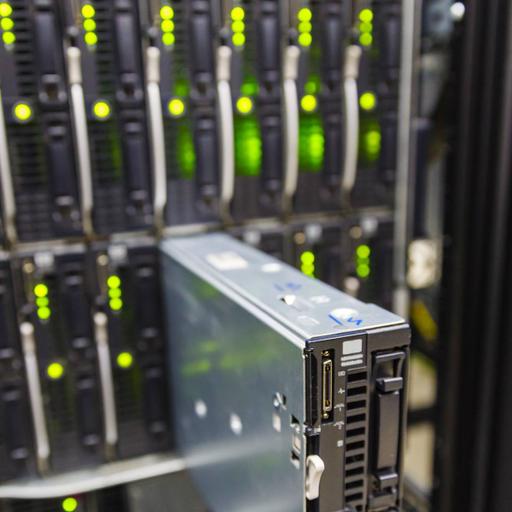Network and Data Communication
Presentations | English
Data transmission and data reception (or, more broadly, data communication or digital communications) is the transfer and reception of data (a digital bitstream or a digitized analog signal) over a point-to-point or point-to-multipoint communication channel. Examples of such channels are copper wires, optical fibers, wireless communication channels, storage media and computer buses. The data are represented as an electromagnetic signal, such as an electrical voltage, radio wave, microwave, or infrared signal. Analog or analogue transmission is a transmission method of conveying voice, data, image, signal or video information using a continuous signal which varies in amplitude, phase, or some other property in proportion to that of a variable. The messages are either represented by a sequence of pulses by means of a line code (baseband transmission), or by a limited set of continuously varying waveforms (passband transmission), using a digital modulation method. The passband modulation and corresponding demodulation (also known as detection) is carried out by modem equipment. According to the most common definition of digital signal, both baseband and passband signals representing bit-streams are considered as digital transmission, while an alternative definition only considers the baseband signal as digital, and passband transmission of digital data as a form of digital-to-analog conversion. Data transmitted may be digital messages originating from a data source, for example a computer or a keyboard. It may also be an analog signal such as a phone call or a video signal, digitized into a bit-stream, for example, using pulse-code modulation (PCM) or more advanced source coding (analog-to-digital conversion and data compression) schemes. This source coding and decoding is carried out by codec equipment

12.00
Lumens
PPTX (47 Slides)
Network and Data Communication
Presentations | English
